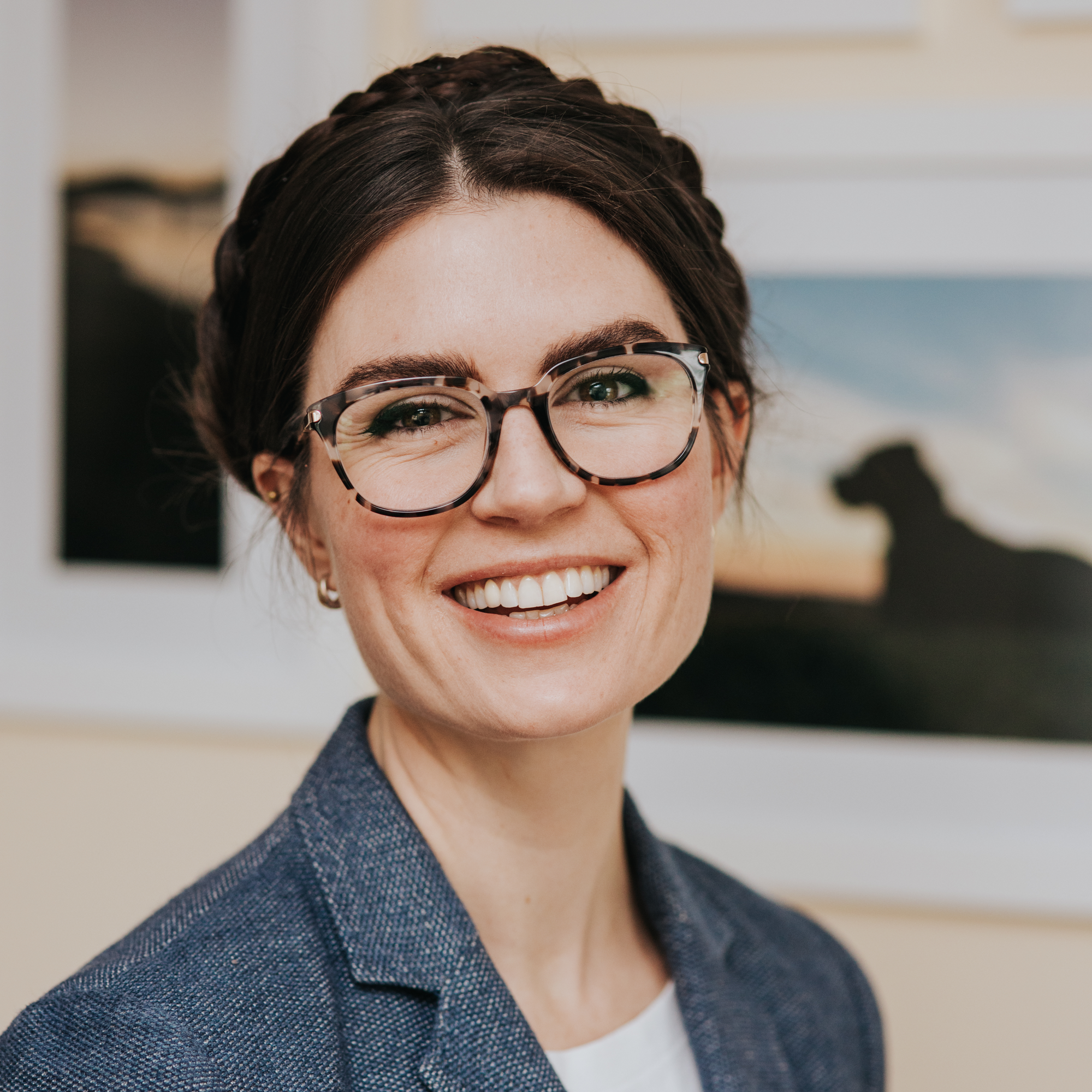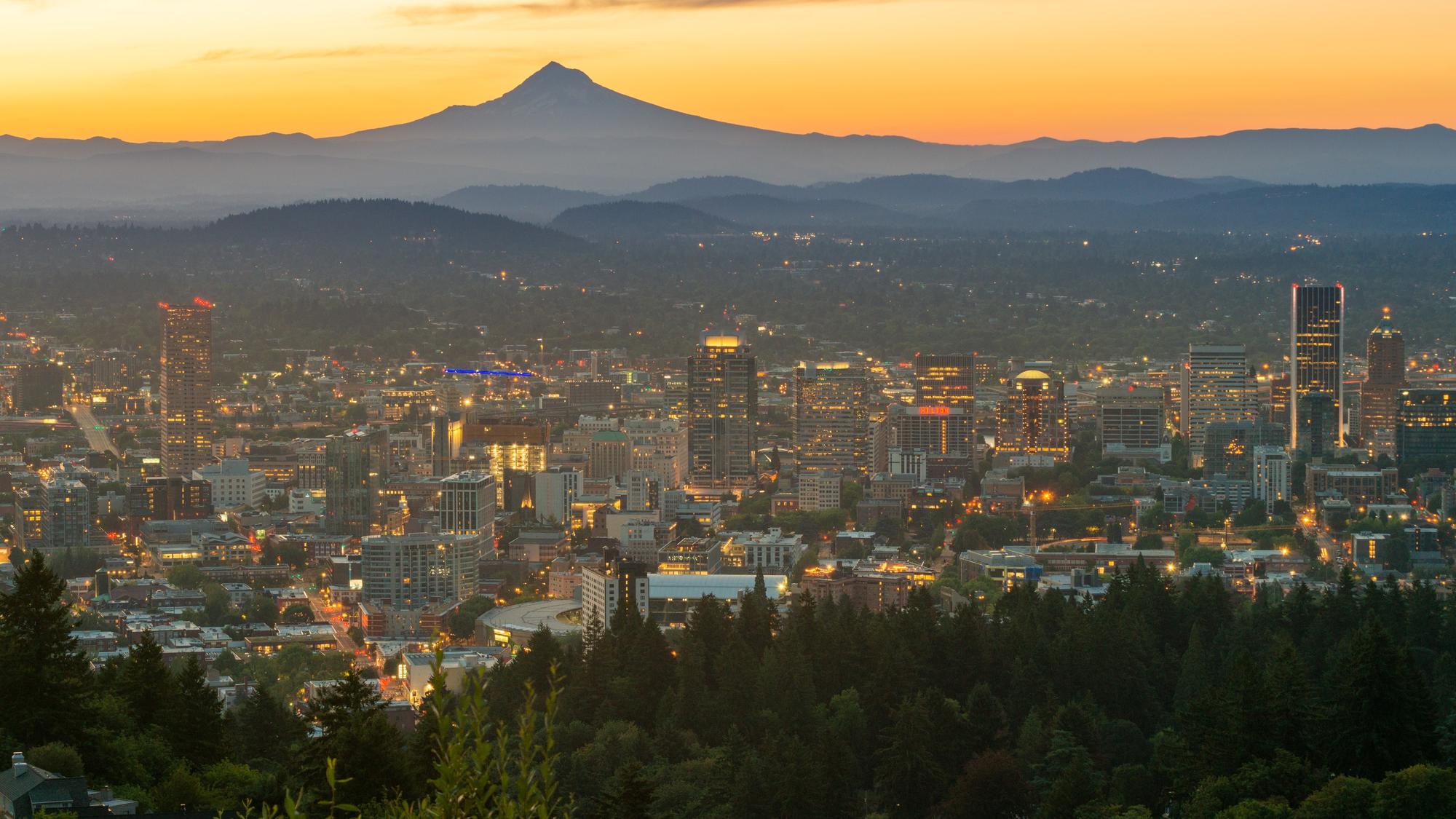- September 9, 2019
- What Works Cities
McLean joined the city in 2010 as a Lead Analyst for CitiStat Buffalo. A few years later, Mayor Brown partnered with What Works Cities (WWC) to develop an open data initiative, and McLean became the project manager. From the beginning, stakeholder engagement was built into the city’s open data work. The city formed an internal governance committee, conceptualized the open data portal, and drafted an open data policy — which was then published online for community comments. Residents were able to read, highlight, and suggest specific edits to the policy, which, after collecting nearly one hundred comments over the course of 2 weeks, was then reviewed and adjusted by the city. Once those community edits were incorporated, Mayor Byron Brown signed the City of Buffalo Open Data Policy as an executive order in August 2017.

From there, the next logical step was to launch an open data portal, and McLean was dedicated to making sure that external stakeholders had a voice in the process. As someone who values personal connection, he formed several meaningful relationships by engaging with various Buffalo communities, finding anyone interested in open data and attending local meetups. Many in the community recommended that the city get early buy-in and usage for the portal, and suggested venues for interested residents to engage directly with the portal once it was built, like a hackathon-style event or app development challenge. Work began on the open data portal in September 2017, and Open Data Buffalo launched in February 2018. In July of the same year, Mayor Brown appointed McLean as the City of Buffalo’s first Director of Open Data.
He continued to champion for community engagement after the portal launched and immediately incorporated suggestions from those prior conversations. One month after the launch, Buffalo hosted Mayor Byron W. Brown’s Civic Innovation Challenge to encourage people to leverage the city’s datasets and understand the utility of open data. The Challenge was a success, but McLean wanted to make sure that residents outside of the data community could engage with the portal. Recalling the Mayor’s Citizens’ Participation Academy, an interactive training he participated in that helped Buffalo residents learn more about city government, McLean talked to the Director of Citizen Services Oswaldo Mestre, who suggested a citizen-focused data academy. Out of that grew Data 101, a four-session course that introduced data fundamentals and taught participants how to use Open Data Buffalo. Mayor Brown, Mestre, and McLean launched Data 101 with a press conference, plus advertised through the city website, the open data portal homepage, and the Mayor's social media. They also ran in-person outreach to block club leaders, and posted flyers at community centers, to engage a diverse group of residents. And, true to form, the entire curriculum was posted online before classes began, to encourage feedback and requests from the community.
Open to all Buffalo residents, Data 101 went right to the core of McLean’s open data beliefs. In a vacuum, open data has no value; it is only through community engagement that the datasets become more than just numbers. To him, open data wasn’t truly open unless it was accessible, and the trajectory of the Data 101 course showed that. In the first session, there were not many questions from participating students. But by the last session, when students were presenting their final projects using data available on the portal, according to McLean, “they were teaching us.” That mutually beneficial relationship, where the city provided data and training and the students — the city’s residents — provided insights, was exactly what he had hoped for. After all, McLean considers open data at its core to be a diversity and inclusion initiative, and knows that tapping into the collective pool of diverse residents means the city is learning and benefitting too.
These ideas and this culture of encouraging an informed and engaged resident base have full support in City Hall. The initial vision and drive for open data came from Mayor Brown; another strong internal champion is Mestre, who collaborated on the Data 101 concept. Other departments and organizations also pitched in, which helped Data 101 operate at no cost. Erie Community College donated the computer lab where classes were held and the Department of Parking donated spaces for students near the downtown campus. Mayor Brown even attended the final class, where students presented their work and discussed each other’s projects.
McLean is continuing to drive forward with various open data initiatives in the city, developing internal capacity through analytics and building up data governance policies, and continuing to collaborate with Bloomberg Philanthropies to improve data practices. As always, the community remains an important stakeholder. McLean is already planning another Data 101 course and is looking at ways to make it even more accessible for potential students.
Below are three more guiding questions, with advice from McLean for cities that want to engage their communities around open data.
1. What departments are already out in the community?
As McLean admitted, “the data people aren’t always the people out in the community,” so it’s important for them to connect with the departments that are. In Buffalo, these include the Division of Citizen Services, the Department of Public Works, and the Department of Permit & Inspection Services. Internal conversations with public-facing departments, asking for their thoughts and opinions, fostering relationships, and perhaps collaborating on programs will go a long way toward building relationships with external stakeholders.
2. Which cities can share best practices?
There are often other cities that can act as models and sounding boards for open data and community engagement work. Luckily, McLean has made it easy for other cities that are interested in learning from Buffalo; he has a template (access code: mwtxom) that outlines the whole Data 101 course.
3. Who is this for?
Last, but not least, it’s important to always remember who this work is for. McLean recommends constantly thinking of better or clearer ways to present information to residents so that it is as accessible as possible, which for Buffalo includes plenty of visualizations. It’s crucial to center the public in open data work; after all, the data exists for them.





